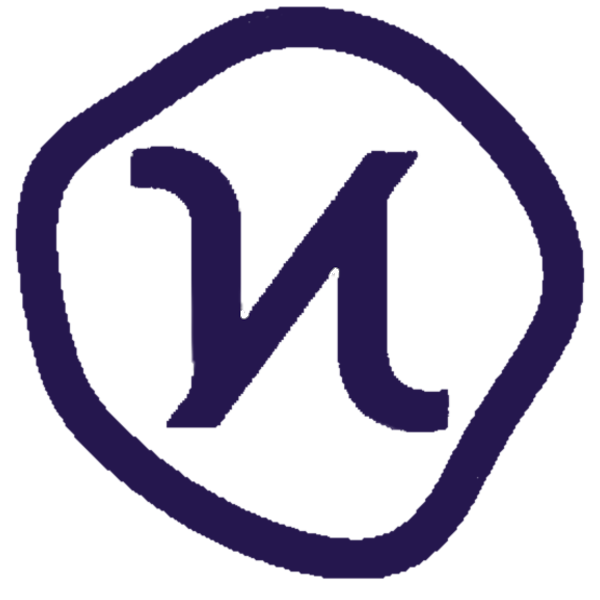No more... forgeries?
Yesterday, we went over owning your own data on the blockchain. Because the data stored on blockchain is public, "owning" just means you have the keys for the account that holds the data. You can think of this as owning a house. Anyone can drive by and see the house from the street, but unless you have the house key, you can't get in.
A side-effect of this design is that you can prove what you own by using your key. You can also see where everything you own came from. The result is a system where forgeries and counterfeits aren't possible.
This is the 4th and final part of a discussion with Jonathan Stark (see parts 1, 2, and 3). Jonathan asked (shared with permission):
Is forgeries a widespread enough problem for the general public to justify migrating their trust from large institutions like Facebook and Blue Cross and Citibank and the US Government to Vitalik and Metamask and Opensea?
This is a good question, but perhaps it's more useful to ask "what can we do with a system where forgeries and counterfeits aren't possible?" Digital art ownership is a popular use case today, but I believe there is a lot more potential for this technology.
The idea of a blockchain is only 12 years old. We're still discovering what's possible. It's clear that there are useful applications in just about every industry, but whether or not it's the best possible solution for these use cases is yet to be determined.
There's still too much friction at the base protocol layer to enable mass adoption. In order to get more developers building on blockchain, it needs to be easier to get started. That's what Koinos is trying to do. If you believe the future is decentralized, accessibility is the key to getting there faster.
Only time will tell.
More tomorrow,
-Luke
P.S. If you've enjoyed this series, Jonathan is going to be on the podcast in January. Should be an insightful discussion!
